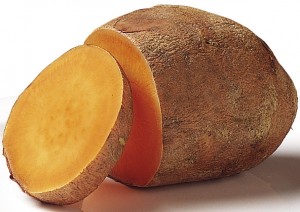 Last week, I posted an article on brewing with tubers. I used my sweet potato ESB recipe as an example. Here is that recipe formulated to be brewed with a simple 3-gallon (11-L) all-grain brewing setup. With this 3.0-gallon (11-L) all-grain brewing setup, you can brew all-grain beers in your kitchen and have everything fit on your countertop. There are also some fringe benefits to brewing at this scale — you don’t need to make a yeast starter for this beer, the wet T-shirt method works well for cooling fermenters at this scale, and your heating and cooling times can be very quick. (See our post on small batch brewing for more.) This is a great way for apartment dwellers to brew all-grain batches. The only downside is that you yield 3.0 gallons (11 L) of beer rather than 5.0 gallons (19 L).
Last week, I posted an article on brewing with tubers. I used my sweet potato ESB recipe as an example. Here is that recipe formulated to be brewed with a simple 3-gallon (11-L) all-grain brewing setup. With this 3.0-gallon (11-L) all-grain brewing setup, you can brew all-grain beers in your kitchen and have everything fit on your countertop. There are also some fringe benefits to brewing at this scale — you don’t need to make a yeast starter for this beer, the wet T-shirt method works well for cooling fermenters at this scale, and your heating and cooling times can be very quick. (See our post on small batch brewing for more.) This is a great way for apartment dwellers to brew all-grain batches. The only downside is that you yield 3.0 gallons (11 L) of beer rather than 5.0 gallons (19 L).
There is also a 5.0-gallon all-grain version of this recipe. For other 3.0-gallon all-grain recipes, see the links at the bottom of this post.
Sweet Potato ESB
by Chris Colby
All-grain with starchy adjunct, English units
DESCRIPTION
This is an ESB (Extra Special Bitter) with an interesting orange color due to using sweet potatoes as an adjunct. The sweet potatoes do not add any flavor or aroma, just the color (and some fermentable sugars when they are mashed).
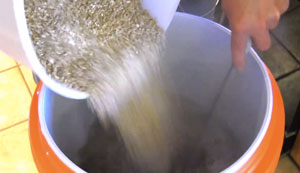

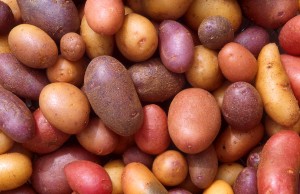



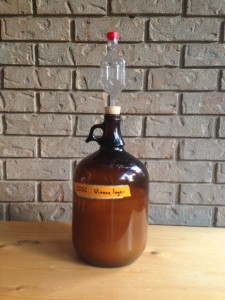
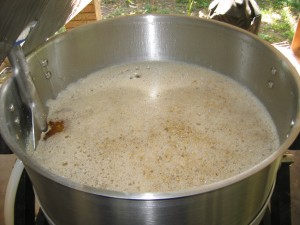

Recent Comments